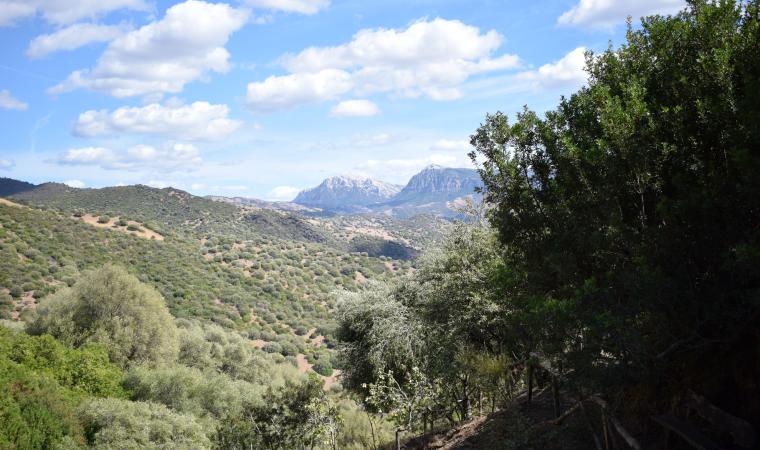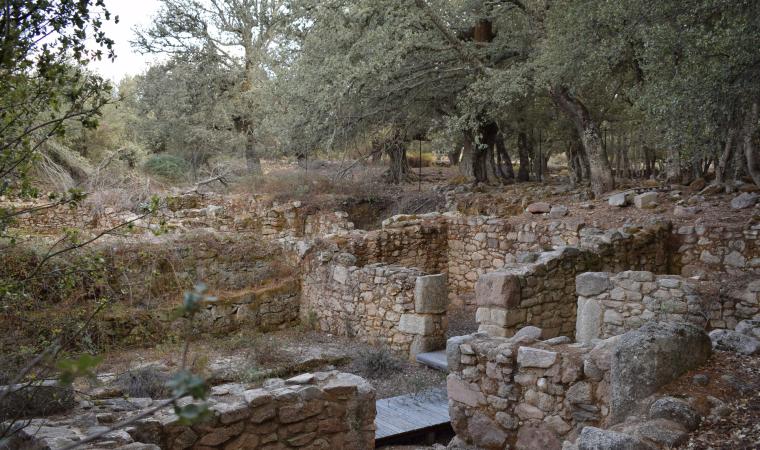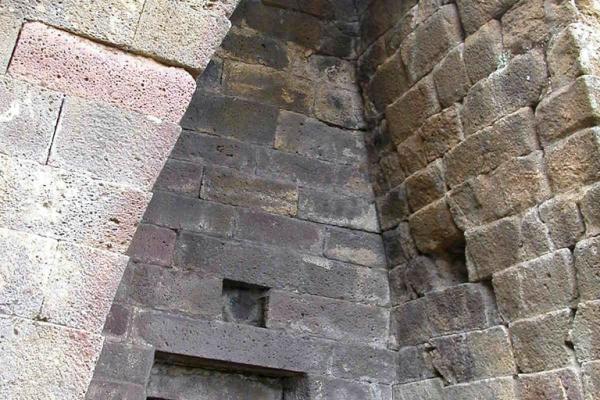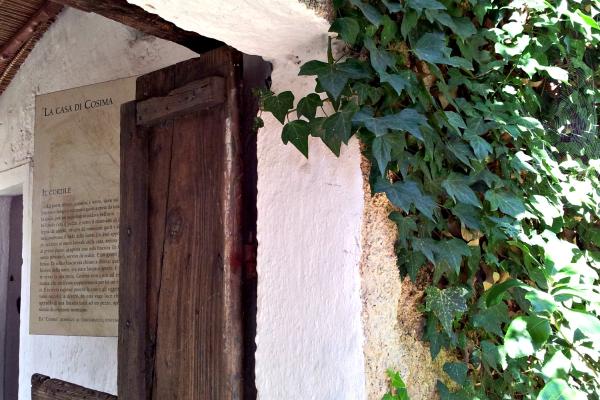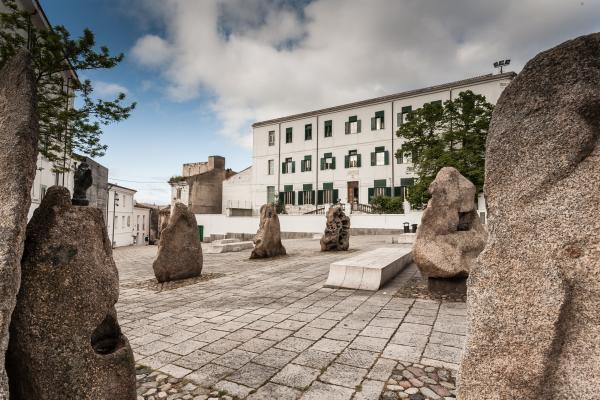“It is an ancient village, closed to the outside world, where (…) practices, habits, customs and the most distant popular traditions still remain, along with intelligence and the value of an energetic and, at the same time limited life, full of expressive abilities, individual strength and solitude”. This is how the writer, Carlo Levi, described the village in 'Tutto il Miele è finito' (All the Honey is finished) (1964), expressing intense impressions of Orune, a municipality in the Nuoro area, with over two thousand inhabitants, located at an altitude of nearly 800 metres, between the peaks of three mountains. Its name comes from the Greek word oros, meaning mountain. From up there, the view stretches from Barbagia to Baronia and from Logudoro to Gallura. There are granite elevations and deep valleys, occupied by holm oak and cork oak forests and kept moist by springs.

Town
A village in the Barbagia area, 25 kilometres from Nuoro, with splendid natural scenery, deeply-rooted traditions and a Nuragic legacy unique in Sardinia: Su Tempiesu
A village in the Barbagia area, 25 kilometres from Nuoro, with splendid natural scenery, deeply-rooted traditions and a Nuragic legacy unique in Sardinia: Su Tempiesu
See this place because...
A village located up in the mountains will strike you with its traditions, which have remained unchanged over the centuries, and its territory with pleasant natural and archaeological surprises in store
Pictures and videos
You may also like
More attractions in the vicinity

